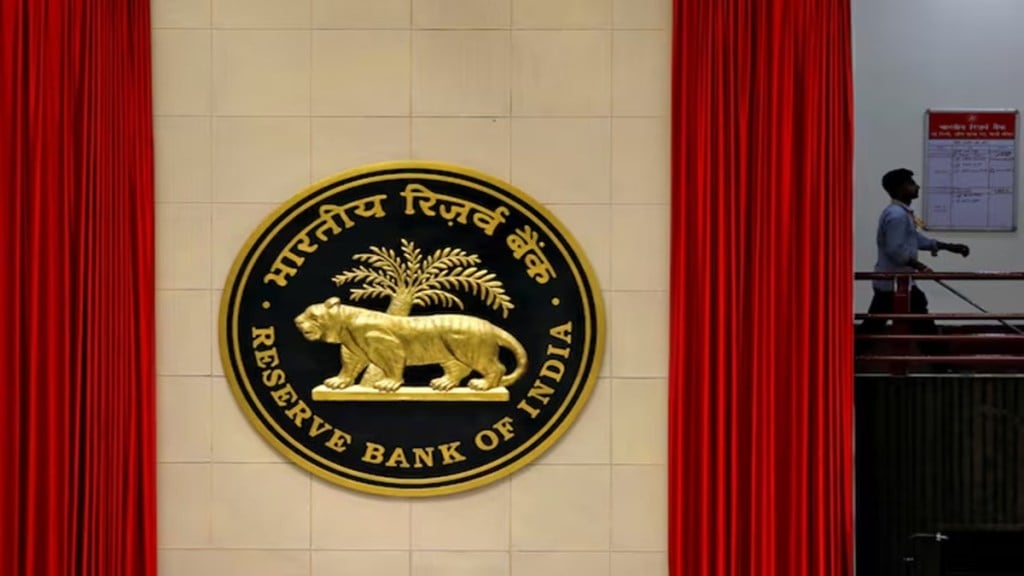The Reserve Bank of India (RBI) on Friday issued 244 consolidated master directions as part of its initiative to enhance clarity, accessibility and compliance efficiency for the country’s diverse financial institutions.
Over the past five-to-six months, the RBI undertook a comprehensive exercise to reorganise decades of regulatory instructions. A list of 9,445 circulars and guidelines–some dating back to the 1940s–have now been repealed, withdrawn and merged into a unified set of directions.
Reducing Compliance Burden
The consolidation ensures that regulated entities no longer need to navigate overlapping or outdated instructions, significantly reducing the compliance burden.
The new framework covers 11 categories of regulated entities, including commercial banks, small finance banks, payments banks, local area banks, regional rural banks, urban cooperative banks, rural cooperative banks, all-India financial institutions, non-banking financial companies (NBFCs), asset reconstruction companies and credit information companies.
“Consolidation is part of a broader effort to adopt a more consultative and transparent approach to regulation-making. The issuance of the master directions is a milestone in this journey, reinforcing the regulator’s commitment to fostering ease of doing business. Our primary objective was to enhance the ease of compliance for all stakeholders,” RBI Deputy Governor Shirish Chandra Murmu said.
The need for consolidation of regulatory instructions was always there and requests kept coming from time to time, Murmu said. “By consolidating decades of instructions into clear master directions, we are ensuring that compliance is no longer a burden but a transparent, streamlined process that strengthens trust and accountability across the financial system,” he added.
For instance, RBI has repealed pre-Independence circulars dated April 22, 1944, on advances given on government securities while reviewing and tracing provisions that remained relevant.
“It was a very tedious but significant one-time exercise, carried out by cross-functional teams and over 37 officers initially, and later vetted rigorously across departments,” said Murmu.
On August 3, the central bank had set up a 30-member regulatory review cell to streamline existing rules and remove outdated regulations.
Key Features
Among the key features of the new master directions is the consolidation of governance-related responsibilities into a single section, making it easier for boards to understand their obligations. Advisory elements have been integrated directly into the main text, with clear language distinguishing recommendations from mandatory requirements. FAQs have been rationalised, with regulatory clarifications and illustrative examples incorporated into the main body of the directions, rather than scattered across annexures, creating a continuous flow of information ensuring that institutions can access all relevant information in one place.
Reflecting the evolving technological landscape, RBI also issued a new master direction on digital banking channel authorisation, which has been added to the consolidated framework. This inclusion underscores the regulator’s commitment to keeping pace with innovation while safeguarding financial stability.
RBI had received over 770 comments from stakeholders on the draft master directions dated October 10, 2025.

